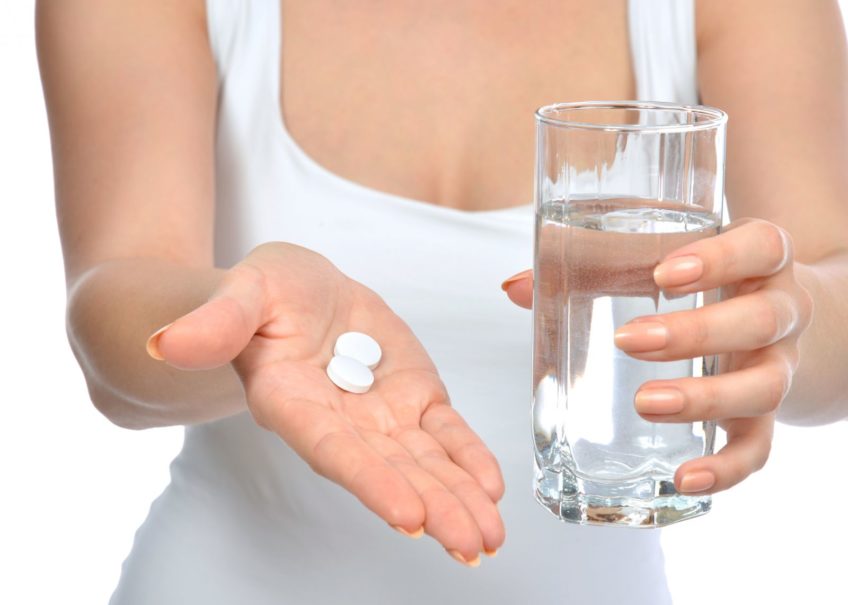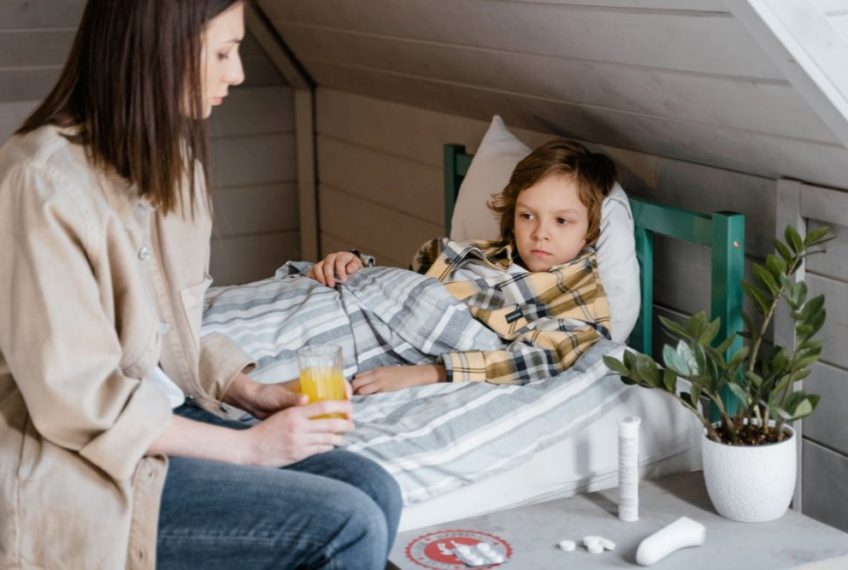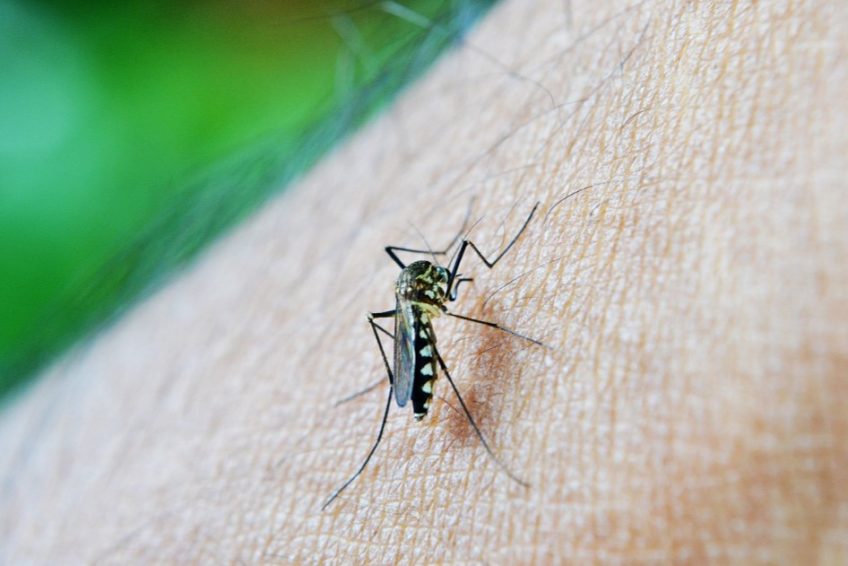You don’t always think about diarrhoea tablets when you’re faced with this ailment. Of course, no one thinks about tablets, medicines, or anything other than when will it stop. Diarrhoea is one of the most unpleasant and uncomfortable illnesses anyone can face. It really does take a lot of energy out of the body and can be dangerous too. So, what are the symptoms and causes of diarrhoea, and what treatments are available?
The Typical Symptoms of Diarrhoea
Diarrhoea involves sudden movements of the bowel. For the most part, it can be a one-off thing or can last for up to 2 weeks. Diarrhoea tablets may be necessary to help but will depend on the exact cause behind it. Loose and watery stools are very common symptoms of diarrhoea, but there are many others to be watchful over. Those can include the following:
- Abdominal Cramps or Stomach Pains
- Fevers and Headaches
- Dehydration and Weakness
- Feeling Sick or even Vomiting
- A Loss of Appetite and Bloating
Typically, you will feel as though you must go to the bathroom and it’s an awful feeling. There is nothing you can do when you have that certain feeling or pain. It is not a pleasant experience for anyone to go through, whether child or adult. Know more here!
The Causes of Diarrhoea
There are a variety of reasons why you might experience diarrhoea. For instance, you have picked up a bug and usually it’s a short-term illness that is gone within a day or two. Of course, there are also chronic conditions that can cause diarrhoea on a long-term scale. It could be down to a viral infection or by consuming contaminated food. Diarrhoea may also be the result of changes to the diet and eating certain types of foods or ingredients that don’t agree with your body. In those cases, diarrhoea tablets might be necessary. It could even be down to IBS.
Self-Care and Treatments for Diarrhoea
It all depends on the cause of the problem. For instance, if diarrhoea is down to the type of foods you eat, it may mean changing the diet to avoid those things. On the other hand, diarrhoea could be down to medication and it being a side effect. For that, you need to speak to your doctor if it’s chronic. You could find diarrhoea tablets helps when it’s a one-off problem. More often than not, a bit of self-care is needed. That means resting and drinking plenty of water or fluids to replace the ones you lost.
Take Care of Your Body
There are a dozen different reasons why you might experience diarrhoea. For the most part, it can be fairly minor and usually, you’ll recover after a few days. However, if you are worried about dehydration or it seems to have gone on for a considerable period, it’s best to contact a doctor. It might be nothing, but it’s always best to get things checked out. Diarrhoea tablets could help when it’s down to nerves, but you could always consult a doctor if you’re unsure. Read our another article: https://www.eastrivervet.com/paracetamol-for-children/











